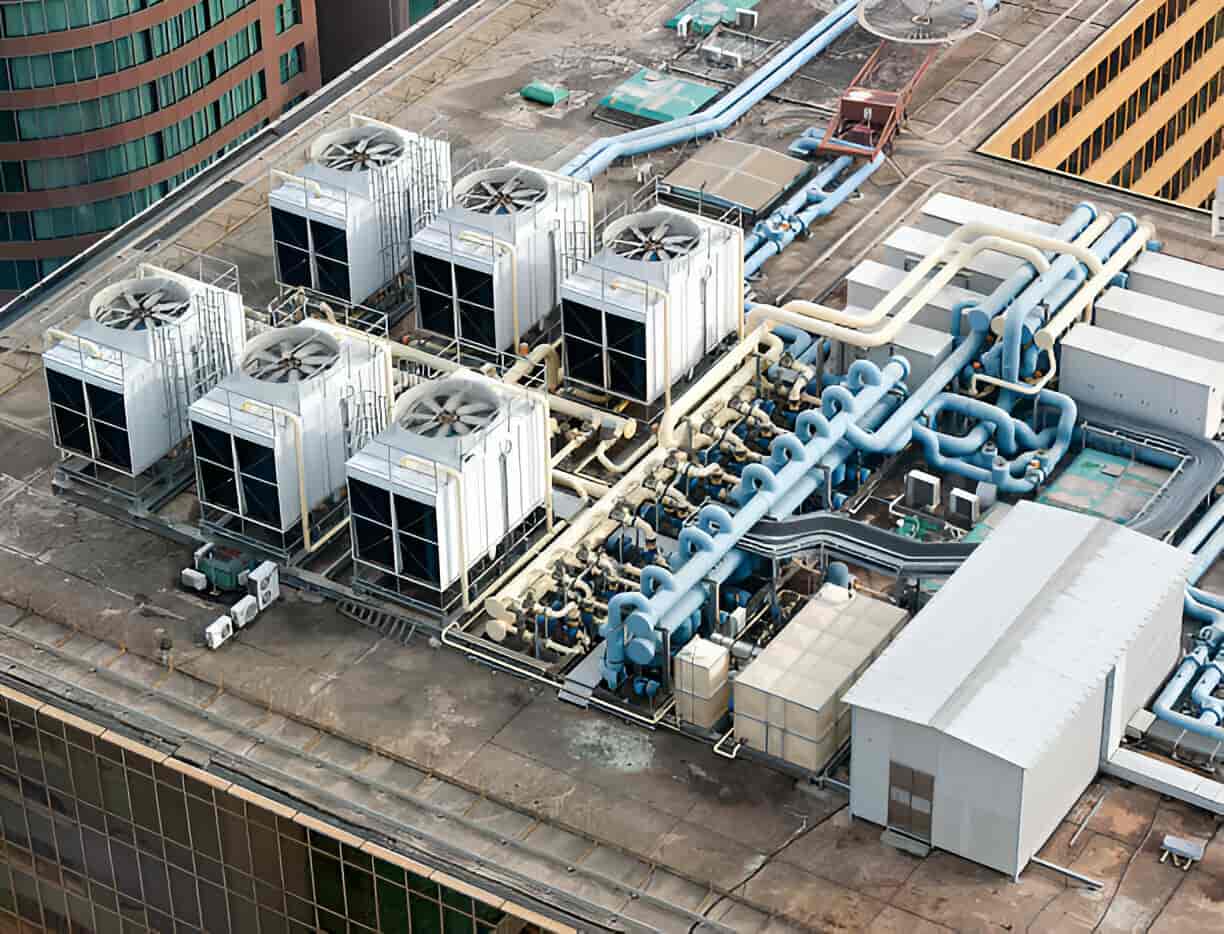Central HVAC Services In Plant City, FL


Why professional central HVAC services matter in Plant City
Plant City’s climate demands systems that can handle high humidity and sustained cooling loads while controlling indoor moisture and allergens. Poorly sized equipment, leaking ducts, or neglected maintenance lead to uneven comfort, higher energy bills, and premature component failure. Professional central HVAC work reduces those risks by combining correct engineering, quality parts, and ongoing care.
Common central HVAC issues in Plant City, FL
- Insufficient cooling or uneven rooms due to oversized/undersized equipment or duct problems
- High humidity and condensate problems leading to musty odors or mold growth
- Frequent short-cycling or compressor failures from clogged coils, low refrigerant, or wiring faults
- Dirty filters and coil contamination from seasonal pollen and agricultural dust
- Duct leaks, poor insulation, or inadequate airflow causing energy waste
- Emergency breakdowns during heat waves or after storms
Installation and replacement: the right start
Proper central HVAC installation begins with the right calculations and design, not just choosing a brand. Key steps include:
- Load calculations (Manual J) to size the system for Plant City heat and humidity patterns
- Equipment selection that balances comfort, SEER efficiency, and refrigerant type appropriate for long-term serviceability
- Professional ductwork design (Manual D) and installation to ensure balanced airflow and minimal leakage
- Proper installation of condensate management, electrical safeties, and thermostat zoning for accurate control
Typical timeline: on-site assessment and written proposal, followed by a 1–3 day installation window for most single-family homes (complex duct redesigns or permits can extend this).
Routine maintenance and seasonal tune-ups
Regular maintenance keeps systems running efficiently and prevents emergency calls during peak heat. A full seasonal tune-up typically includes:
- Filter inspection and replacement guidance (HEPA, media, or standard MERV-rated filters)
- Coil cleaning, condensate drain clearing, and refrigerant level check
- Electrical and safety component inspection, thermostat calibration, and blower motor inspection
- Duct visual check and simple sealing where accessible
Typical visit length: 60–90 minutes. Benefits include extended equipment life, better humidity control, improved indoor air quality, and lower energy bills.
Diagnostic troubleshooting and emergency repairs
When a system fails, technicians follow a structured diagnostic process:
- Symptom intake and visual inspection (compressor noise, ice on coils, or no cooling)
- Metering refrigerant, testing electrical components, and verifying airflow and drainage
- Clear explanation of findings with repair options and estimated timelines
Emergency repairs are prioritized during extreme heat and storm-related outages. Many common repairs can be completed same day if parts are available; more complex repairs may require follow-up scheduling.
Indoor air quality (IAQ) integration for Plant City homes
High humidity and local pollen make IAQ a crucial part of central HVAC planning. Integration options include:
- Advanced filtration: media filters or HEPA-grade solutions to capture fine particles and pollen
- UV coil and UV air purifiers to reduce microbial growth on coils and in ductwork
- Whole-house dehumidifiers to control humidity without overcooling your home
- Balanced ventilation options (ERV/HRV) where appropriate for controlled fresh air exchange
Selecting IAQ components is tied to system capacity and duct layout to maintain airflow and efficiency.
Energy-efficiency upgrades and rebate guidance
Upgrading components can reduce operating costs and improve comfort:
- High-SEER condensing units, variable-speed compressors, and ECM/variable-speed blower motors for better humidity control and lower energy use
- Smart thermostats and zoning to match conditioning to occupancy patterns
- Duct sealing, insulation, and balancing to recover wasted energy
Guidance often includes checking local utility rebate programs and available tax incentives. Assistance typically covers eligibility checks and documentation support to help you capture savings where available.
Financing, warranties, and service contracts
Central HVAC projects commonly involve multiple warranty layers:
- Manufacturer warranties for major components and optional extended warranties for compressors or heat exchangers
- Labor warranties on installation work
- Financing options that spread investment over time (terms vary by program)
Service contracts provide scheduled maintenance, priority scheduling, and discounting on repairs—helpful in Plant City’s busy cooling season.
Typical deliverables and timelines
When you request a system assessment or estimate you should receive:
- A written load calculation and system recommendation (Manual J and proposed equipment)
- Ductwork design notes (Manual D) and scope of work outlining installation steps
- Transparent comparison of repair vs replacement options with life-expectancy and cost estimates
- A timeline for work, expected disruptions, and warranty documentation
Turnaround for estimates is typically 24–72 hours after an on-site inspection; installations are scheduled based on system complexity and permit requirements.
Repair vs replace: clear guidance
Consider replacement when:
- The system is more than 10–15 years old or uses phased-out refrigerants (serviceability is limited)
- Annual repair costs approach a significant fraction of replacement cost
- Poor efficiency or comfort issues persist after repairs (uneven cooling, humidity problems)
- Major components like the compressor or heat exchanger fail
Repair is reasonable when issues are isolated, part availability is good, and the rest of the system has substantial useful life remaining.
Final notes on ongoing care
In Plant City, proactive care—seasonal tune-ups, timely coil and filter maintenance, and proper ductwork—keeps energy use down and comfort consistent through humid summers and storm seasons. Professional central HVAC services combine accurate engineering, quality installations, and preventive maintenance to deliver reliable comfort and indoor air quality year-round.
Service Areas


